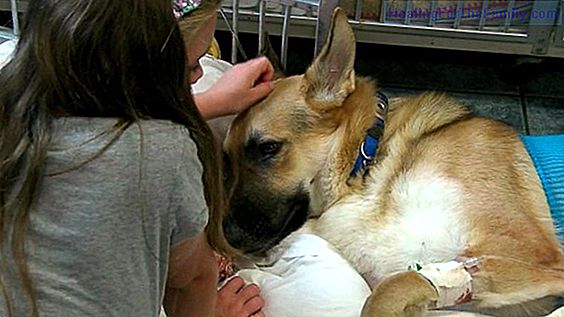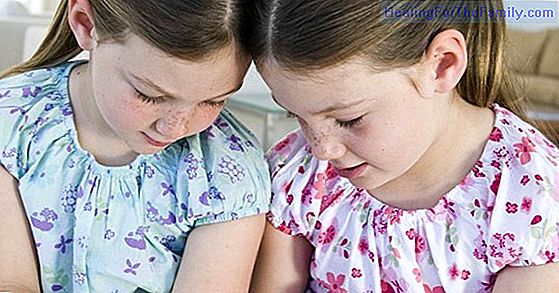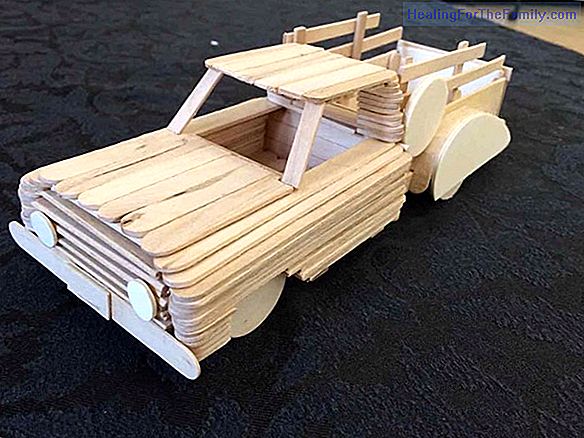The relationship between breathing and voice in children
Breathing and voice are two processes that are closely related, to the point that speaking correctly depends to a large extent on knowing how to breathe well. It is very important that children learn to breathe well to have a healthy phonation from a young age and avoid the appearance of discomfort
Breathing and voice are two processes that are closely related, to the point that speaking correctly depends to a large extent on knowing how to breathe well. It is very important that childrenlearn to breathe wellto have a healthy phonation from a young age and avoid the appearance of discomfort related to the language and respiratory system.
The voice in children

Somespeech disordersthat affect both children and adults, for example afonias or some injuries in the vocal cords, are caused by poor respiratory technique. Also diseases such as tonsillitis, pharyngitis or laryngitis appear in consequence to this problem.
The process of communicating through the voice in children is identical to that of adults, although se at puberty the tone is worse due to changes in the structures that produce sound, more noticeable in boys. To produce the voice, it is essential that the air enters the lungs through the breath and that when it leaves the vocal cords vibrate, essential to speak correctly.
Children who breathe poorly
When the child breathes incorrectly, they introduce less air and this will reduce their voice power and their ability to lengthen the sounds, since their respiratory rate is diminished.
In addition, the air that enters the lungs of the child carries oxygen. If the contribution of this gas is low, its concentration in blood also decreases, which can diminish its psychomotor capacities.
It is also very common for children to breathe by inhaling through the mouth rather than through the nose. This process prevents the heating of the air and the antipathogenic action that takes place in the nostrils. Therefore, bad breath can cause respiratory diseases that affect speech.
Teach children to breathe well
Although breathing is an involuntary process, it is necessary to learn to do it well, and it is much easier if done as a child. The technique recommended by experts is called diaphragmatic breathing, which allows the lungs to be filled from below thanks to the diaphragm's action. This will increase the capacity to produce the voice and the supply of oxygen.
To teach this technique to your child, you should explain
the importance of introducing air through the nose and expelling it through the mouth. Place your little hand on your abdomen, just where the sternum ends, so you can see how it rises when the air is introduced. Practice diaphragmatic breathing with the child several times a day, so that they get used to breathing well involuntarily, abandoning the bad habits that can lead to speech disorders.
Patricia García
. Editor of GuiaInfantil.com












